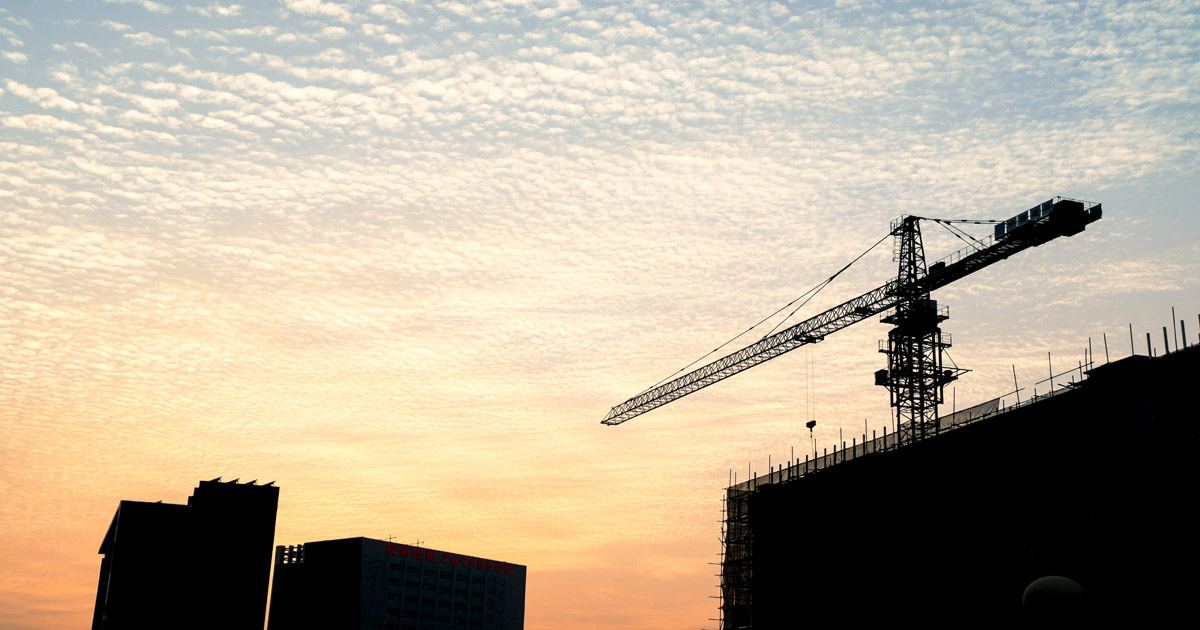Crane Safety Measures and the Importance of Proper Maintenance and Operation

Crane accidents can be catastrophic, resulting in loss of life, property damage, and lawsuits. As such, it is crucial to take crane safety measures seriously and ensure proper maintenance and operation to prevent accidents. This article will explore crane safety measures, including proper operation and maintenance, to avoid accidents similar to the one in Peterhead, Scotland, where a 500-ton all-terrain crane overturned this weekend.
Crane safety measures begin with proper selection and installation of the crane. Crane manufacturers provide specifications and guidelines for the safe use, installation, and maintenance of the crane. It is essential to follow these guidelines and to ensure that the crane operator and maintenance personnel are trained and certified to operate and maintain the crane.
Proper operation of the crane is crucial to prevent accidents. The operator should know the crane's capacity, boom length and angle, and weight distribution of the load. Additionally, the operator should inspect the crane before each use, checking the boom, outriggers, hydraulic systems, tires, and other critical components. The crane's weight should also be checked before and after lifting to ensure that the crane is not overloaded.
Furthermore, weather conditions can impact the crane's stability and should be considered before operation. The crane operator should avoid working in high winds, storms, or other severe weather conditions that can cause the crane to tip over or the load to shift, leading to accidents.
Proper maintenance of the crane is also essential to ensure its safe operation. Maintenance should include regular inspection and testing of critical components, such as the booms, hydraulic systems, and brakes. The maintenance crew should inspect the crane for wear, cracks, or other damage that could lead to failure during operation. Additionally, the crane's manufacturer provides maintenance recommendations and schedules that should be followed to avoid premature wear or failure.
Maintenance procedures must pass strict health and safety regulations, especially in industries such as construction and heavy manufacturing. Crane companies need an appropriate in-house workshop or trusted third party facility to carry out repairs, services, and maintenance to ensure the highest standards of operation and ensure the longevity of the machine.
In conclusion, crane safety measures are essential to prevent accidents and protect life, property, and reputation. The proper selection, installation, operation and maintenance of the crane should always be considered. Crane operators and maintenance personnel should be trained and qualified to ensure safe crane operation, and certification levels must be checked.
Finally, companies should also provide their employees with proper training and guidance so they can be aware of the risks and mitigate them effectively. Proper conduct and understanding of the dangers of cranes can make all the difference.